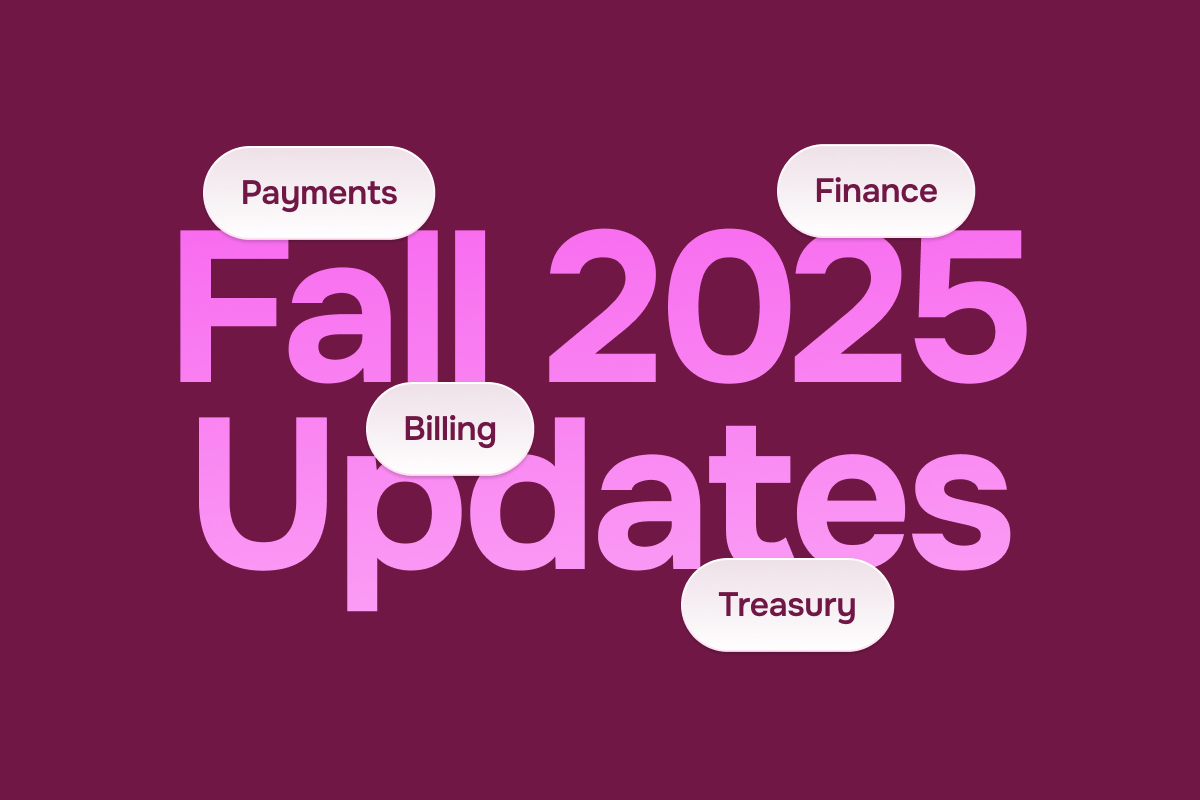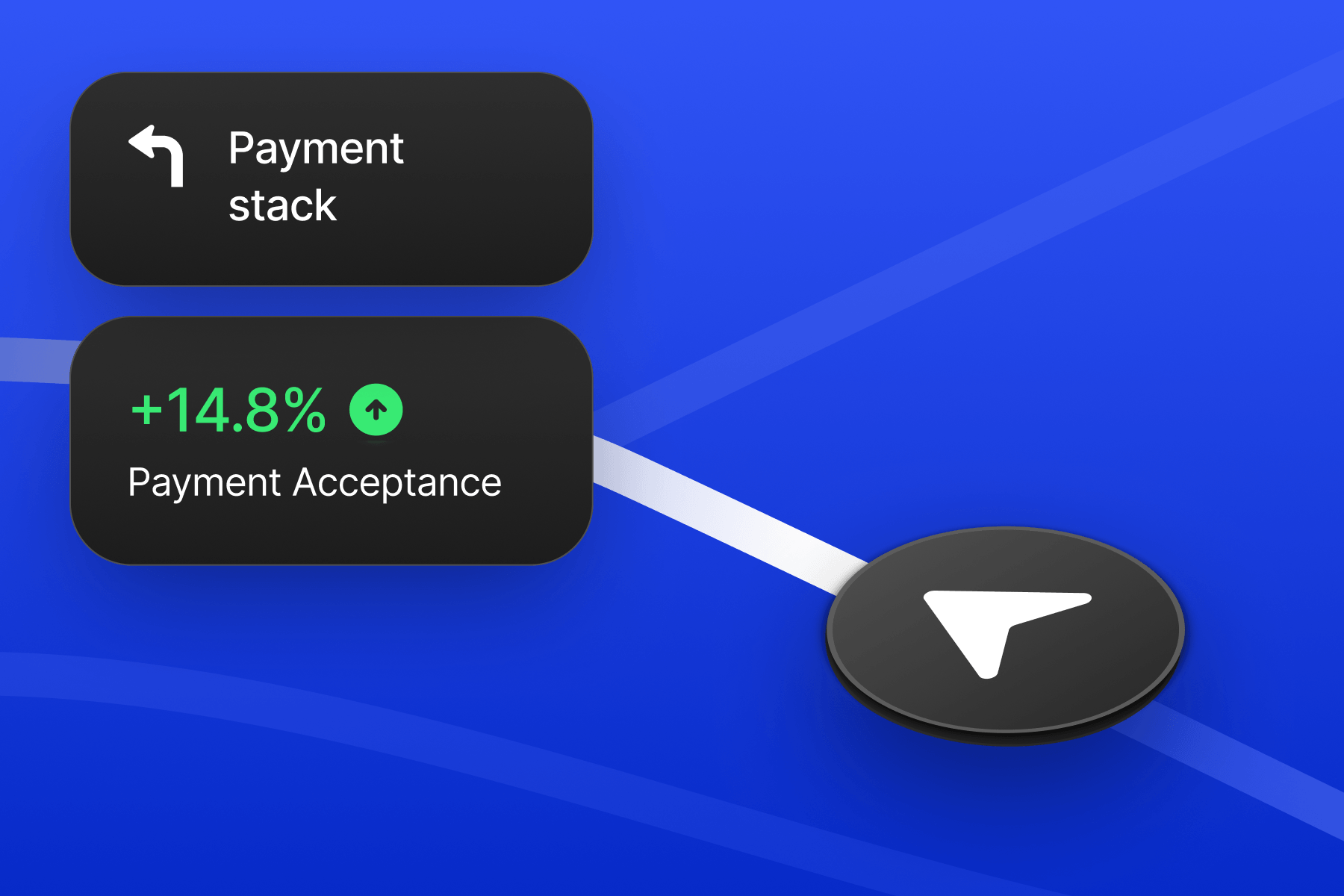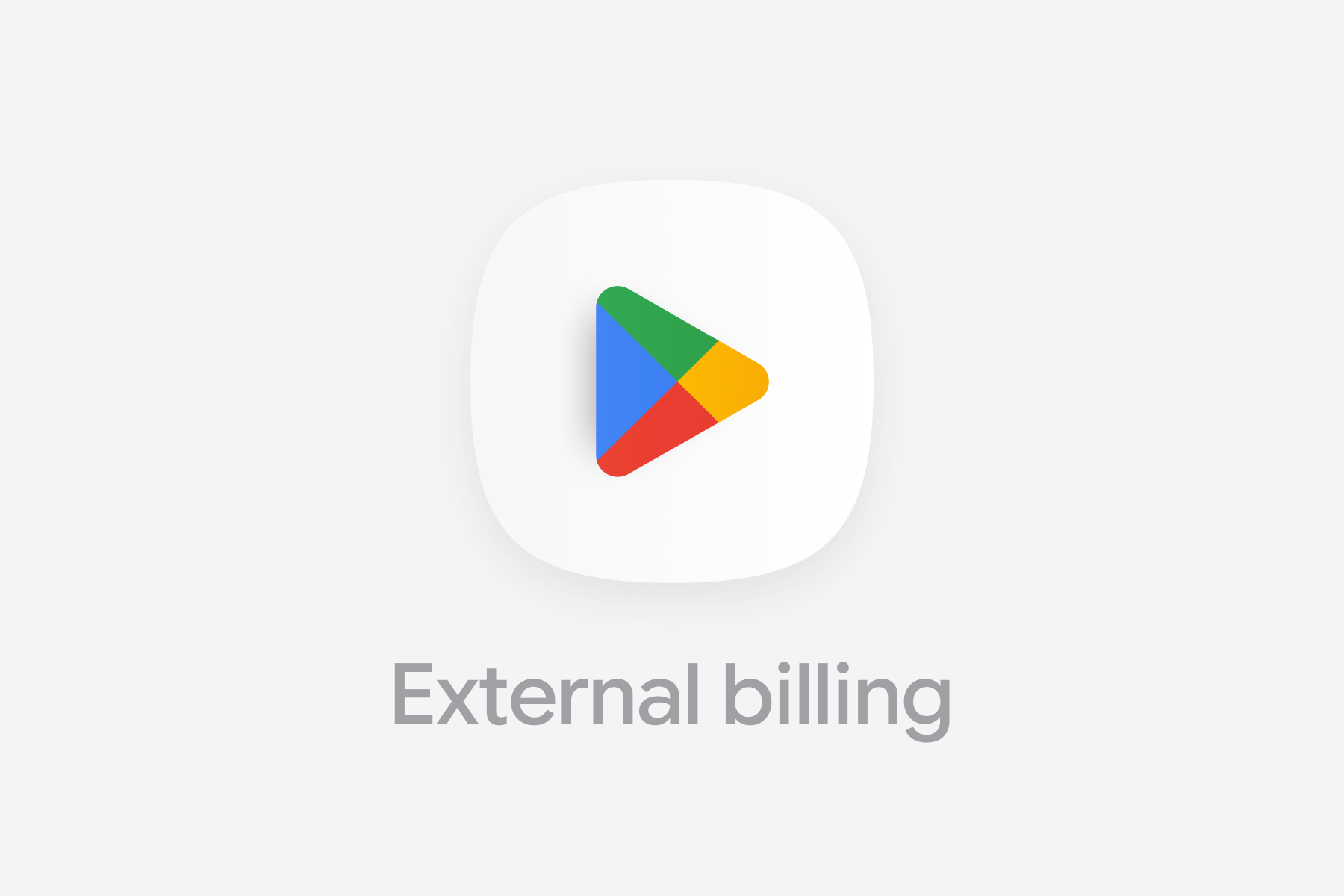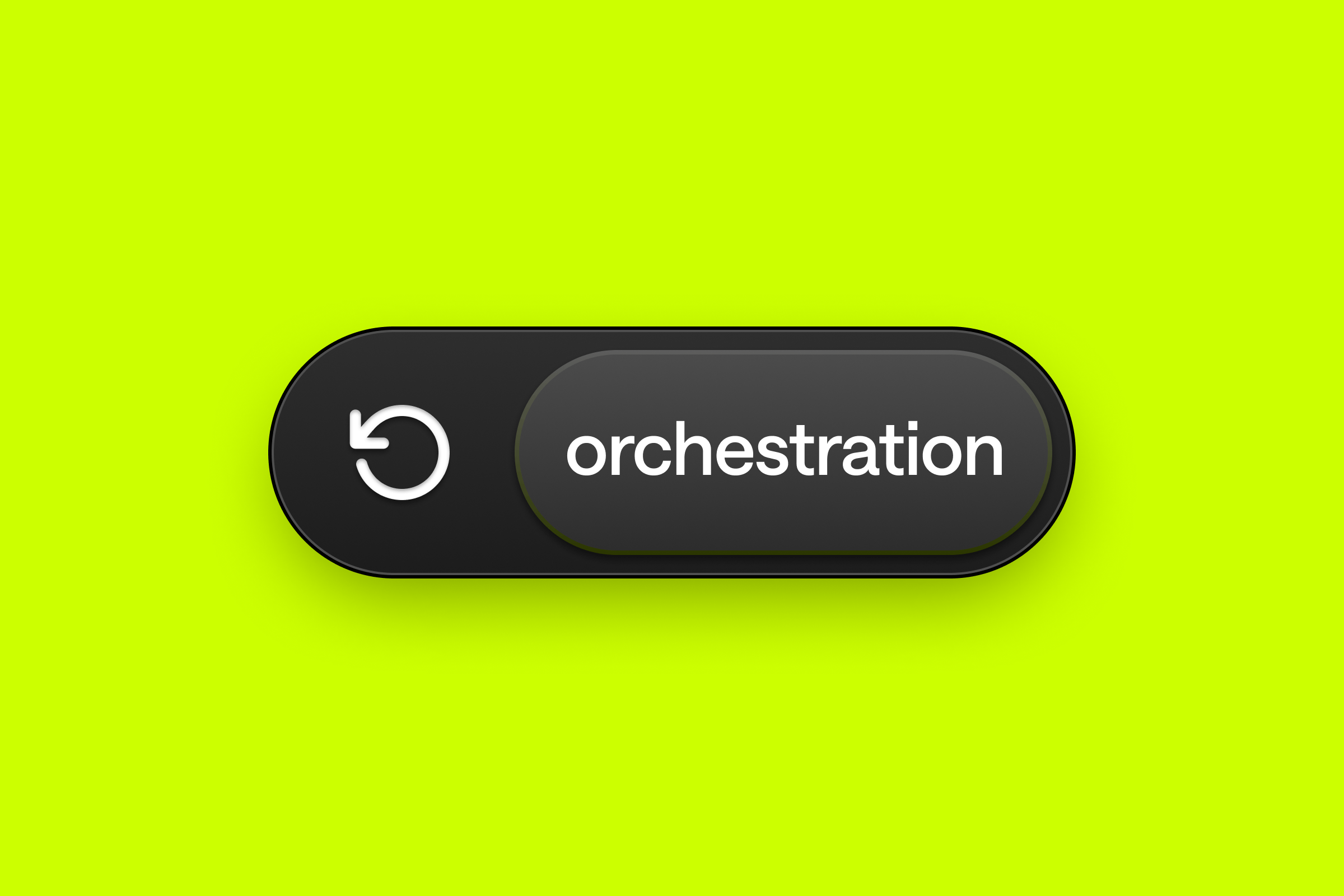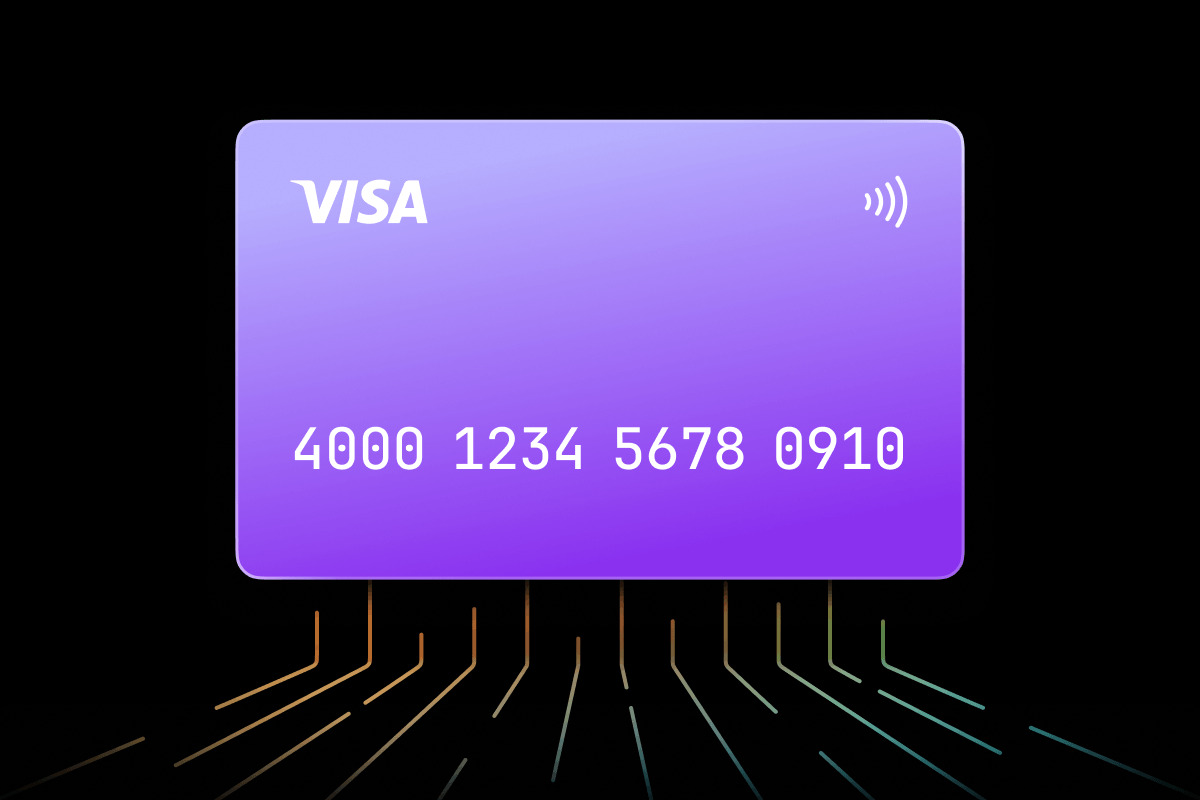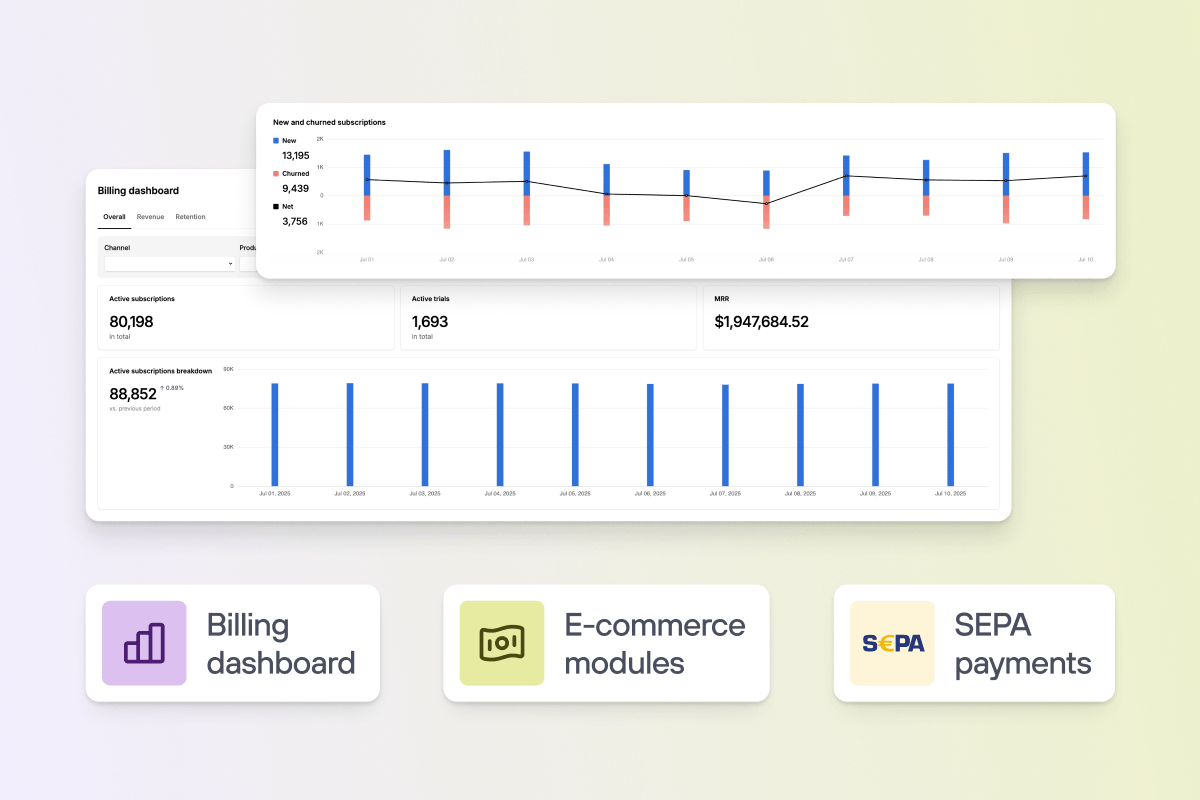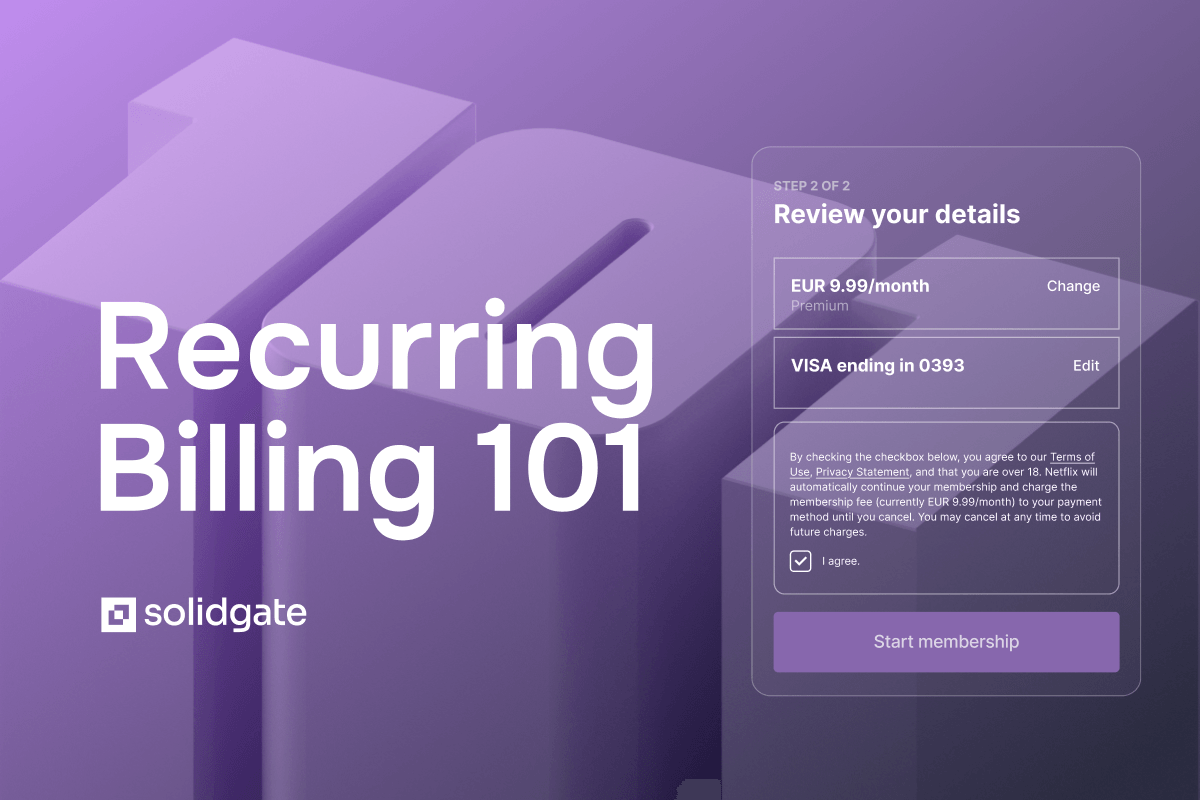What is Payment Orchestration, and why scaling businesses shouldn't ignore it
Payments 101
17 Jul 2025
8 min

Global reach, optimized flows, and higher acceptance—payment orchestration makes it possible. Solidgate helps businesses scale faster, lower costs, and protect revenue.
Scaling payment infrastructure used to mean building integrations one by one. Today, it's about coordinating dozens of variables, from provider performance and fraud to checkout UX and cost per transaction.
That's where payment orchestration comes in, and it's growing fast, with the market expanding at .
More fast-scaling online businesses are starting to look into orchestration, and if you're one of them, it's likely for the following reasons:
- You are actively expanding into new markets and want to integrate multiple payment service providers (PSPs) and alternative/local payment methods without the development and operational pains.
- Your financial team needs an easier way to reconcile and analyze all payment flows across a growing number of your acquirers, payment providers, and methods.
- You want to increase payment acceptance and cost-efficiency.
- You want to boost checkout conversions in your target markets.
If you’re in the game of online commerce and want to understand if you need payment orchestration, here’s what you need to know.
What is payment orchestration?
A connects all the payment flows from multiple payment service providers (PSPs) and payment methods into a centralized platform. Instead of integrating each provider individually, you integrate only once, with the orchestrator, and then simply add new providers with a few clicks.
Orchestration also reconciles all the payment data from all your providers. It acts as the layer above PSPs and acquirers, managing how payments are routed, retried, and reported across the entire stack.
Simply put, orchestration makes your more scalable, adaptable, and optimized for improved cost efficiency and payment performance. Orchestration platforms help merchants integrate and manage all aspects through a single system, eliminating friction, reducing declines, and enabling easy scaling.
How payment orchestration works
When a customer clicks the buy button on your website or app, a lot happens behind the scenes. With payment orchestration, the process works like this:
Payment acceptance
The customer is presented with a checkout that offers all relevant payment options for their locale (for example, credit card, digital wallets, or local methods like in Poland or in Brazil).
The orchestration platform ensures that the right payment methods are dynamically shown for the right markets, which helps drive conversions by catering to local preferences. It provides your customers with a unified, relevant frontend experience, regardless of the underlying processor.
Smart transaction routing
Once the customer submits their payment details, the orchestration engine routes the transaction to the best available provider (processor or acquirer) using real-time logic.
This logic can consider factors like the customer’s location, card type, transaction amount, and historical provider performance. For example, a US transaction might be routed to Chase or Stripe, while EU transactions are routed to Checkout or Adyen.
The goal is to send the payment through the provider most likely to approve it (and even the one with the lowest fees in that scenario).
Automatic failovers
If the chosen provider , the orchestration platform automatically re-routes the payment to an alternative provider. This feature is called Fallbacks, it works in milliseconds and is invisible to the customer, helping dramatically reduce the chance of false declines.
Instead of losing a sale due to one gateway’s outage or strict rules, the payment simply tries again via another path until it finds one that works.
Authorization and reconciliation
Once the payment is approved by one of the providers, the transaction proceeds to authorization and settlement as usual. All the transaction data, like settlements, fees, chargebacks, and refunds across providers, is fed back into a unified orchestrator's dashboard.
Data is then reconciled in real-time and on an hourly basis to prevent any drift between the provider and orchestrator.
Want to understand how orchestration could work in your stack? .
Benefits of payment orchestration
Payment orchestration platforms offer numerous benefits to businesses seeking streamlined and efficient payment processing. Here are the most important advantages and how they translate into value.
Speed up time to market by connecting to new PSPs and APMs
Each market has its core acquirers, payment processors, and preferred local payment methods. Without orchestration, adding each new payment method or PSP requires months of development work to build and maintain new integrations.
Direct connections with alternative and local payment methods also require having a legal entity in this country, which often is not what businesses want to spend their time setting up. In the end, the more providers you work with, the more time and money you invest in building and maintaining those connections.
Orchestration platforms provide instant access to dozens of payment connectors in each market, saving months of development and reducing long-term cost.
Increase payment acceptance by optimizing payment routes
Orchestration helps maintain the highest possible payment approval rates across multiple markets and providers. It's achieved thanks to:
- Access to multiple payment providers and methods
- Data on which payment providers perform best for each target market
- Ability to route payments to the most optimal provider
- Fallbacks that route the transaction through an alternative provider in case of a decline
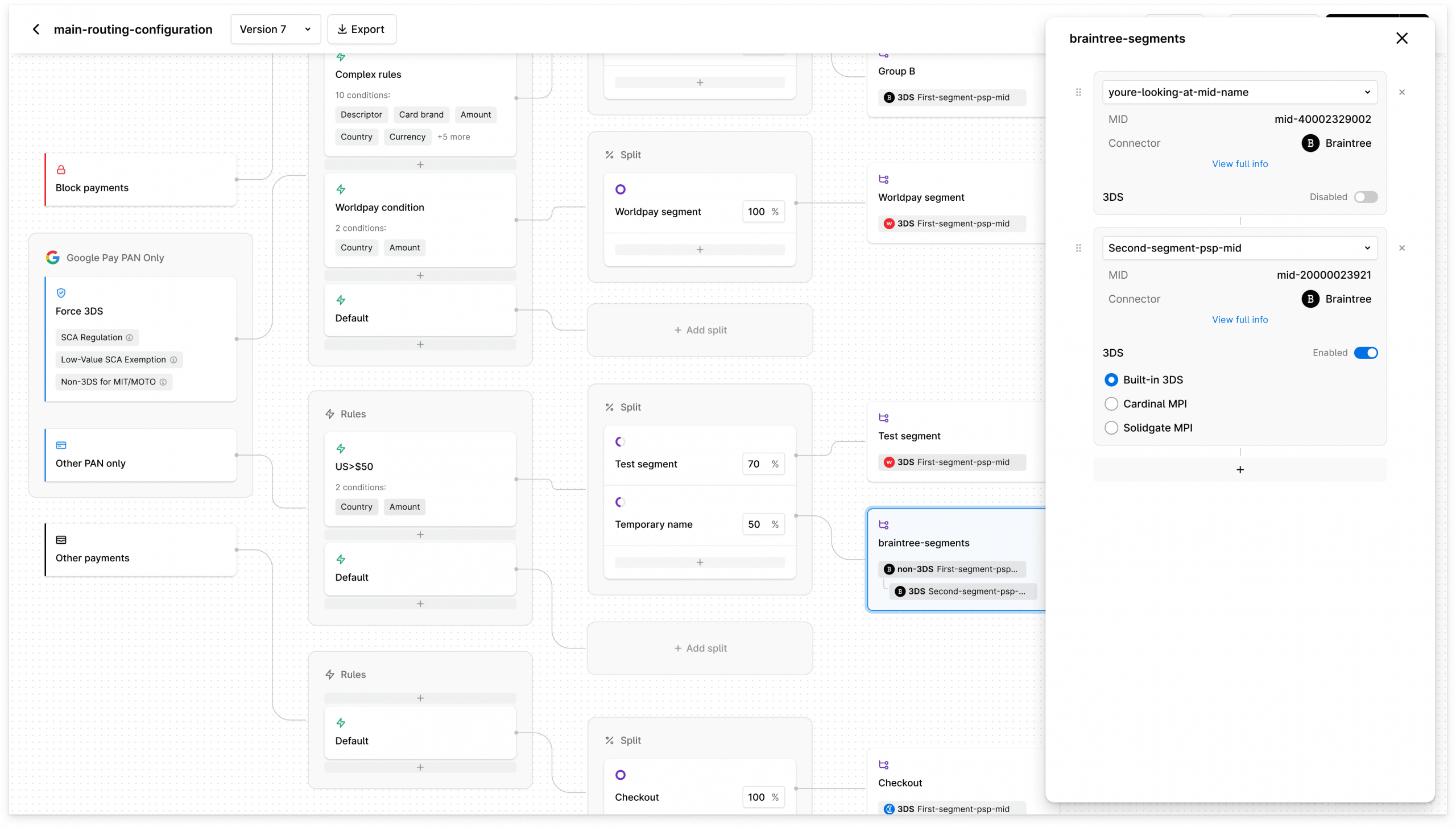
For example, a merchant in Southeast Asia using the Solidgate orchestration platform saw a 10% increase in approval rates after leveraging our smart to optimize payment flows across multiple local payment methods like Alipay, WeChat Pay, and credit cards. This kind of uplift isn’t a one-off: we’ve seen similar effects in various markets when businesses add an orchestration layer.
Centralized reporting and reconciliation
Reconciling all the fragmented payment data becomes a huge problem when you have multiple PSPs, APMs, acquirers, and currencies. Authorization rates, declines, chargebacks, fees, and data are spread across multiple PSP dashboards, and finance, ops, and product teams all need different views to make decisions.
A payment orchestration platform brings this data into one place, providing a unified, real-time dashboard where teams can:
- Track key metrics like approval rates, decline reasons, chargebacks, and fee structures by provider, region, or method
- Run A/B tests on payment routing logic and monitor the impact
- Identify underperforming providers or high-performing local methods
- Analyze how changes like enabling 3DS, adding a new PSP, or adjusting retry logic affect outcomes
- Get complete cash flow visibility
At the same time, orchestration platforms simplify the back office. Everything is reconciled automatically across providers. For your finance and support teams, it’s much easier to track “Order X” through one platform than logging into five different merchant portals to piece together what commissions each provider charged you, and what your cash flow looks like.
Scale without the growing pains
Traditional payment setups often don’t scale gracefully and can be quite rigid and fragile. Different payment gateways might have different UX flows, redirect requirements, or performance quirks. Or if you’ve ever had a spike in traffic, you might worry about one provider throttling under load.
Orchestration lets you grow your payment capacity flexibly, without a linear growth in complexity or cost. You can handle large volumes by load-balancing across multiple processors if needed. If your transaction volumes double overnight, a good orchestration platform can seamlessly accommodate that by spreading payment transactions and avoiding any single point of failure or bottleneck.
Reduce fraud without compromising approval rates
Many orchestration providers integrate fraud detection engines, adaptive 3-D Secure authentication flows, chargeback prevention, and risk scoring. This allows you to protect your revenue and reputation while still approving as many legitimate transactions as possible.
For you, this means less manual work catching fraud and fewer losses from chargebacks. The orchestration platform can, for example, automatically apply 3DS verification when needed (and route exemptions when allowed) or flag suspicious orders for review before they are completed.
By tokenizing card data and using secure vaults, the platform reduces your PCI DSS scope – sensitive data is stored by the platform, not scattered across your systems, which lowers the risk of a breach.
Why choose Solidgate for payment orchestration?
At Solidgate, we operate as a Unified Payment Infrastructure with three key layers: payment orchestration, global acquiring and acceptance, and value-added services, with orchestration being our primary focus.
Here's why hundreds of online businesses scale with us:
Connect multiple PSPs, acquirers, and methods with zero code
Solidgate allows you to skip individual connections and plug into a powerful payment ecosystem with more than 100 acquirers and local payment methods via a unified API. This means you can expand into new markets without building separate integrations for each PSP or APM, rolling out regional payment options faster without touching code.
Behind the scenes, Solidgate handles coordination, including routing logic, formatting, and compliance checks for each provider, ensuring a consistent and localized experience for your customers, regardless of the region or method they use.
Optimize payment routes for performance and cost-efficiency
Each transaction is automatically evaluated and sent through the most efficient route based on more than 20 parameters, including BIN number, issuer response patterns, location, historical approval rates, and more. If a transaction fails, Solidgate reroutes it to another provider in real time.
At the same time, your team can also set up custom end-to-end payment flows without any code, analyze performance, and iterate.

Get granular reporting and centralized reconciliation
With Solidgate, you can consolidate payment data from all providers in a single interface. You can monitor approval rates, fees, and decline reasons across your stack and drill down by region, method, or provider.
This helps finance and operations teams easily get a complete view of your cash flow, spot performance gaps, and optimize costs. Reconciliation is also built in, so settlements, chargebacks, and payouts from different providers can be matched and tracked in one place, without jumping between dashboards.

Analyze and optimize the performance of each provider
Building an effective payment strategy starts with visibility. But if your data is scattered across multiple PSP dashboards, getting a clear picture means exporting reports manually, aligning formats, and stitching everything together — and even then, it’s never real-time.
Solidgate’s analytics provide a centralized view of your entire payment stack, updated in real-time. You can break down your authorization rates and declines by provider, country, payment method, channel, or descriptor, across any time range that matters to your business.

This level of transparency helps you identify what’s performing well and where optimizations are needed without switching between tools or pulling data from different sources.
Access built-in revenue acceleration tools
To help keep payments flowing, our platform includes several features that work in the background:
- Adaptive 3DS and support for balancing security, approval rates, and checkout experience
- (VTS/MDES) to improve issuer recognition and reduce declines
- Account updater and smart retry logic to recover payments after soft declines or card expiration
These tools are configurable and work automatically across regions.
Value-add tools that future-proof your payment stack
As your business grows, Solidgate offers a range of built-in features you can use without adding external vendors or integrations:
- that includes trials, renewals, billing calendars, smart retries, and more
- with evidence scoring and submission
- Early and logic for proactive resolution
- A that calculates and reports based on location and transaction type
- A fraud detection engine that enables secure transactions while detecting and preventing fraud threats across multiple acquiring channels
Each of these is available within the same platform and dashboard.
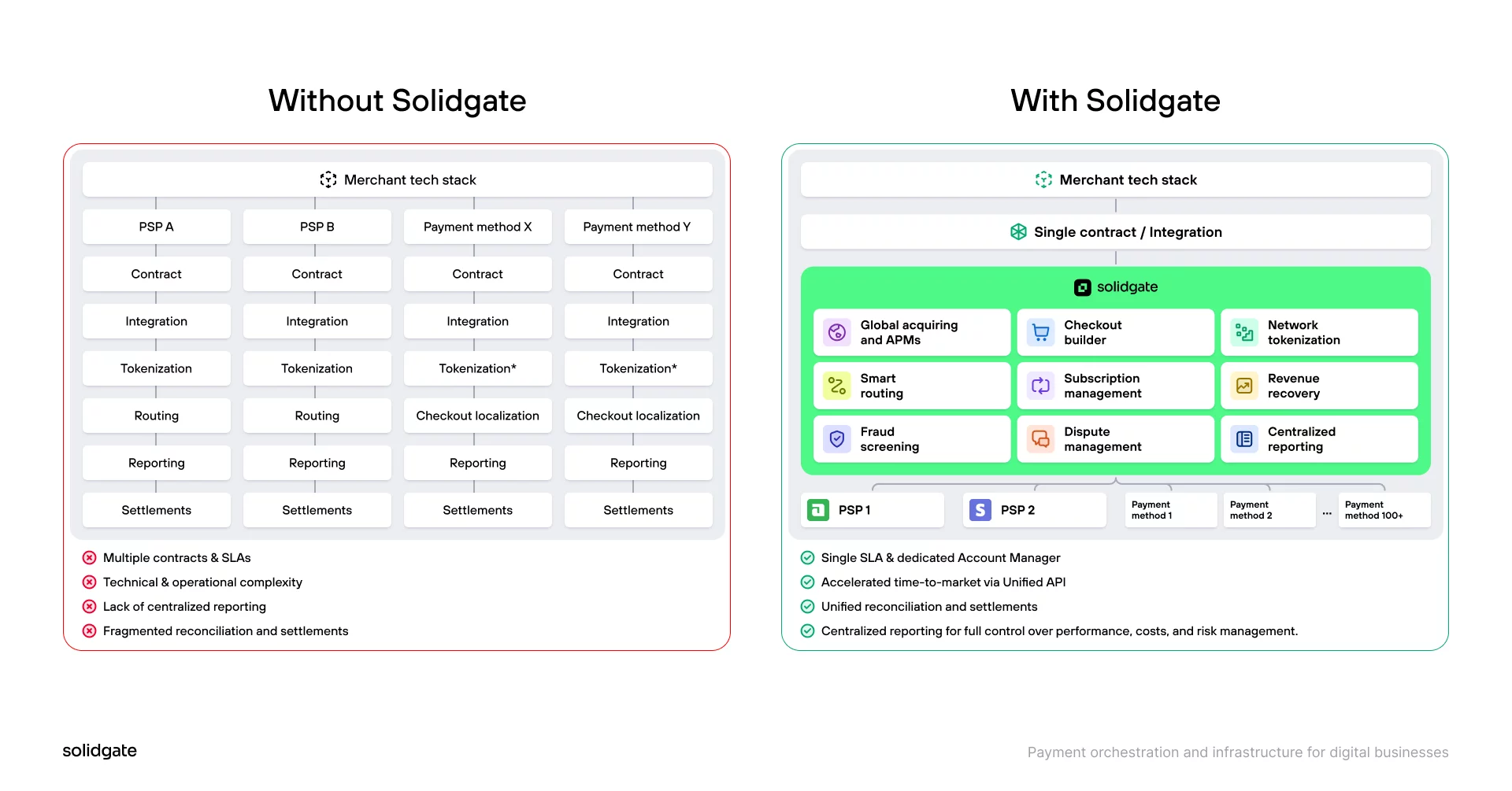
to discover how Solidgate can assist you with payment orchestration.
Frequently asked questions
A payment gateway connects your checkout to one or a few processors. It handles transaction requests, but you're limited in the provider's capabilities, coverage, and rules.
A payment orchestrator is a layer above gateways and processors that acts as a control center, routing payments intelligently, handling failovers, consolidating reporting, and allowing you to scale without rebuilding everything.
A payment orchestrator is a layer above gateways and processors that acts as a control center, routing payments intelligently, handling failovers, consolidating reporting, and allowing you to scale without rebuilding everything.
If you’re managing multiple PSPs, actively expanding into new markets, or seeing stalled approval rates or many declines despite decent traffic, it’s time to consider orchestration. Other signals include rising dev costs for new integrations, inconsistent checkout UX across regions, or too much time spent on manual reconciliation. Orchestration helps solve these challenges and scale your operations more efficiently and resiliently.
Yes. A well-designed orchestration platform doesn’t require you to rip out existing PSPs. It builds a logic layer around them by using smart payment routing, failover rules, and performance data to automatically send each transaction through the best available provider. This can lead to measurable approval rate gains (often 10–30%) using the same providers.
Recent articles


